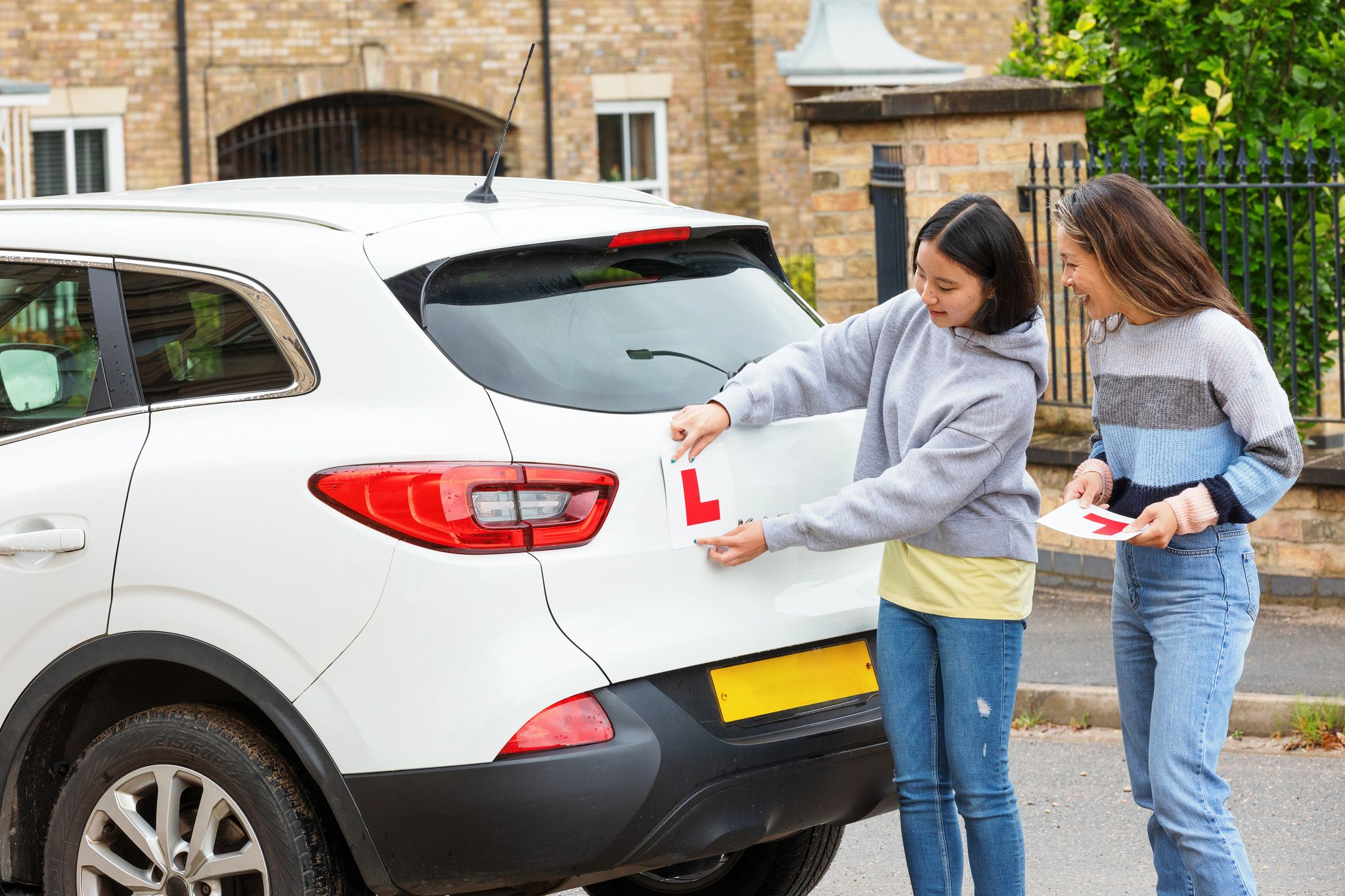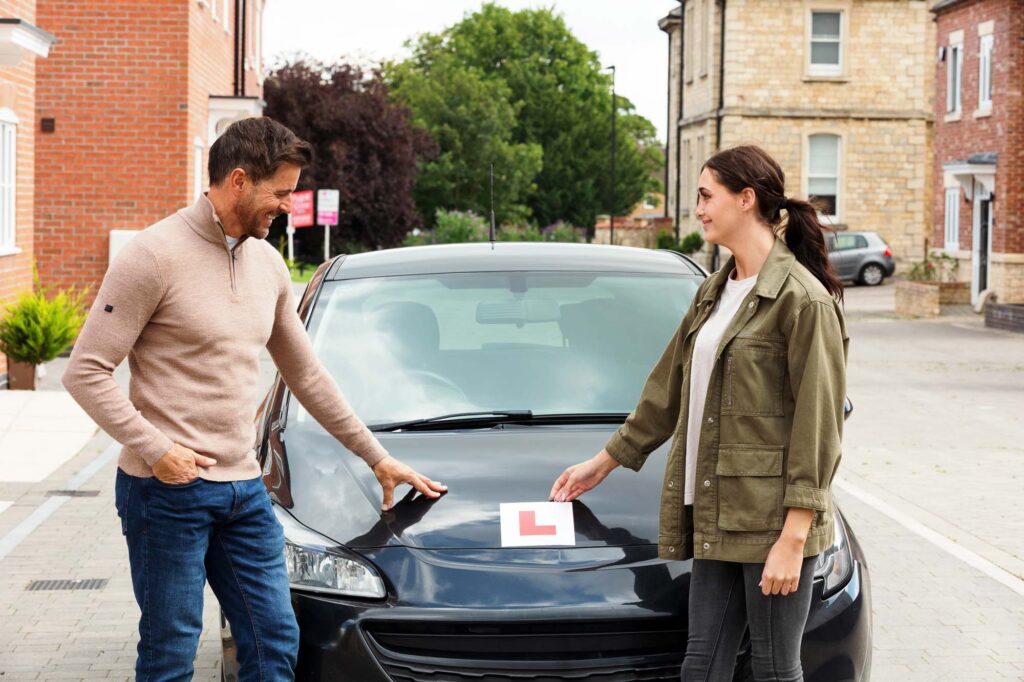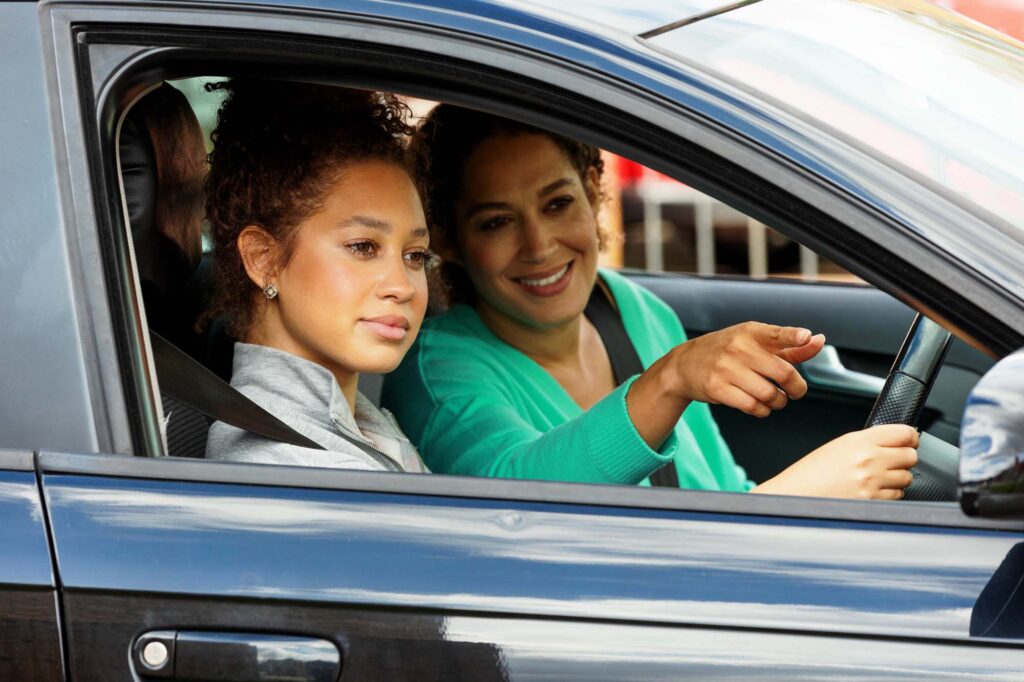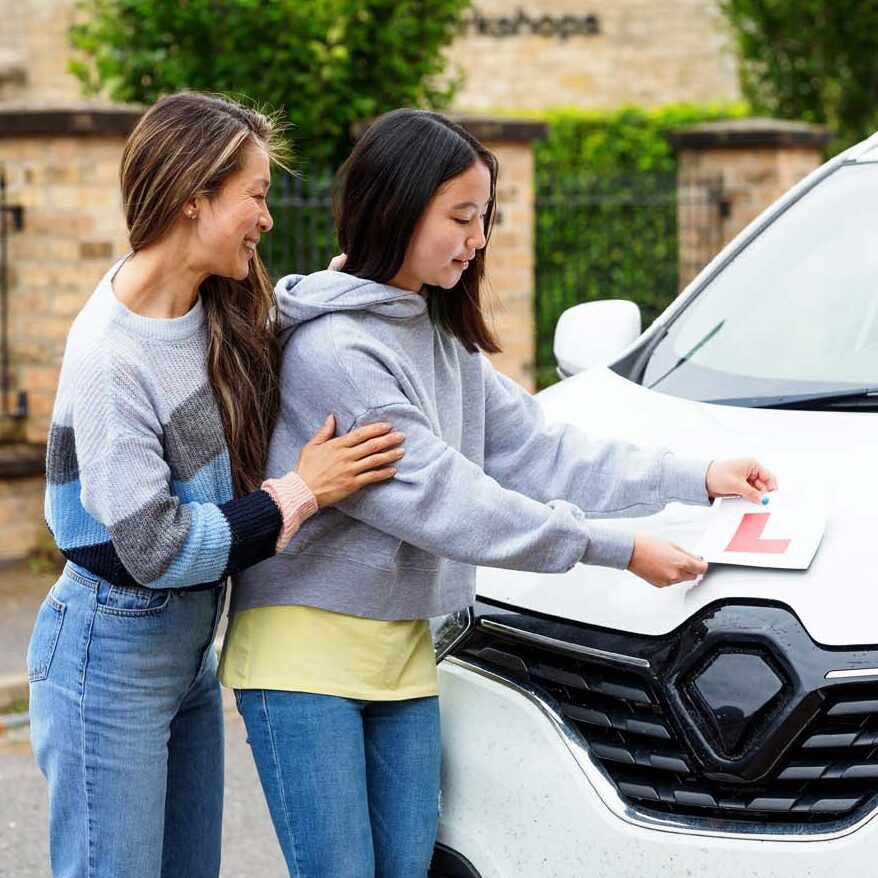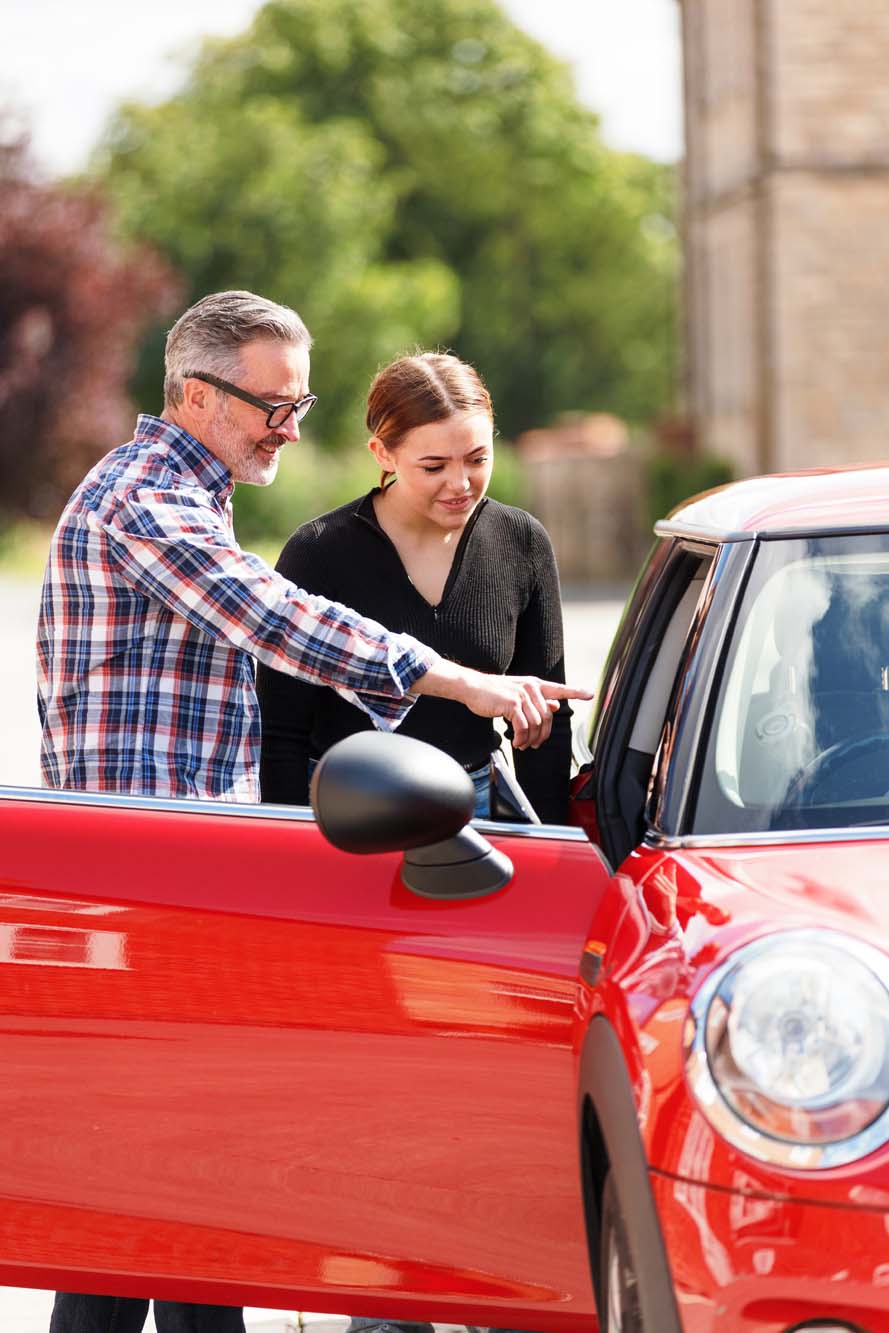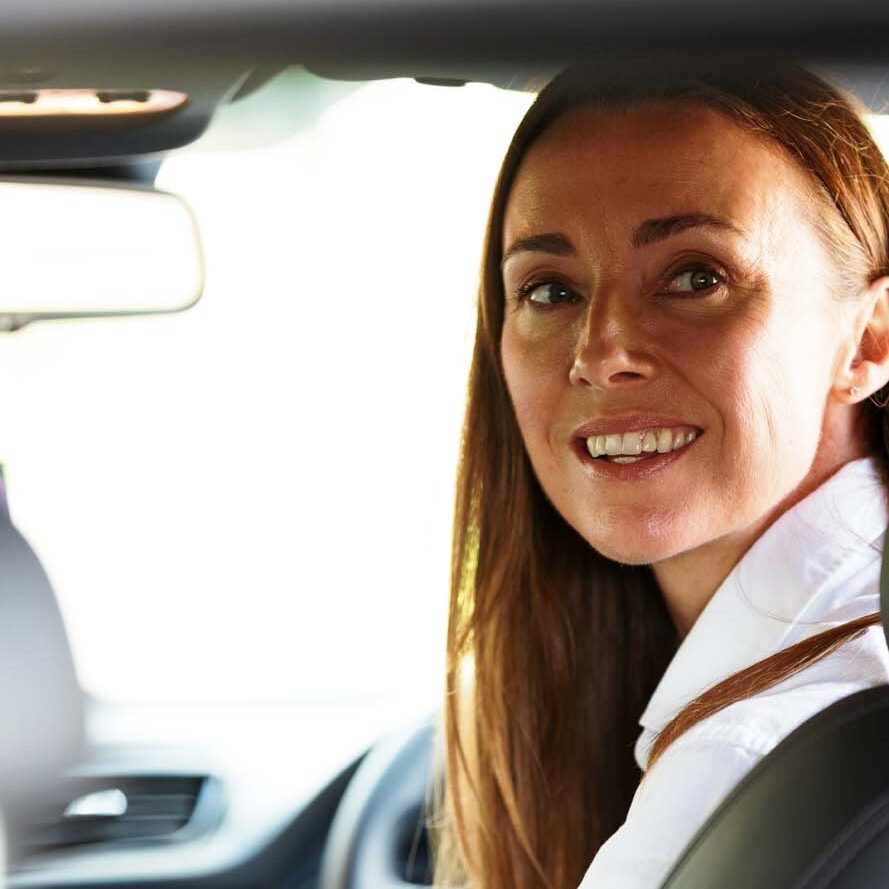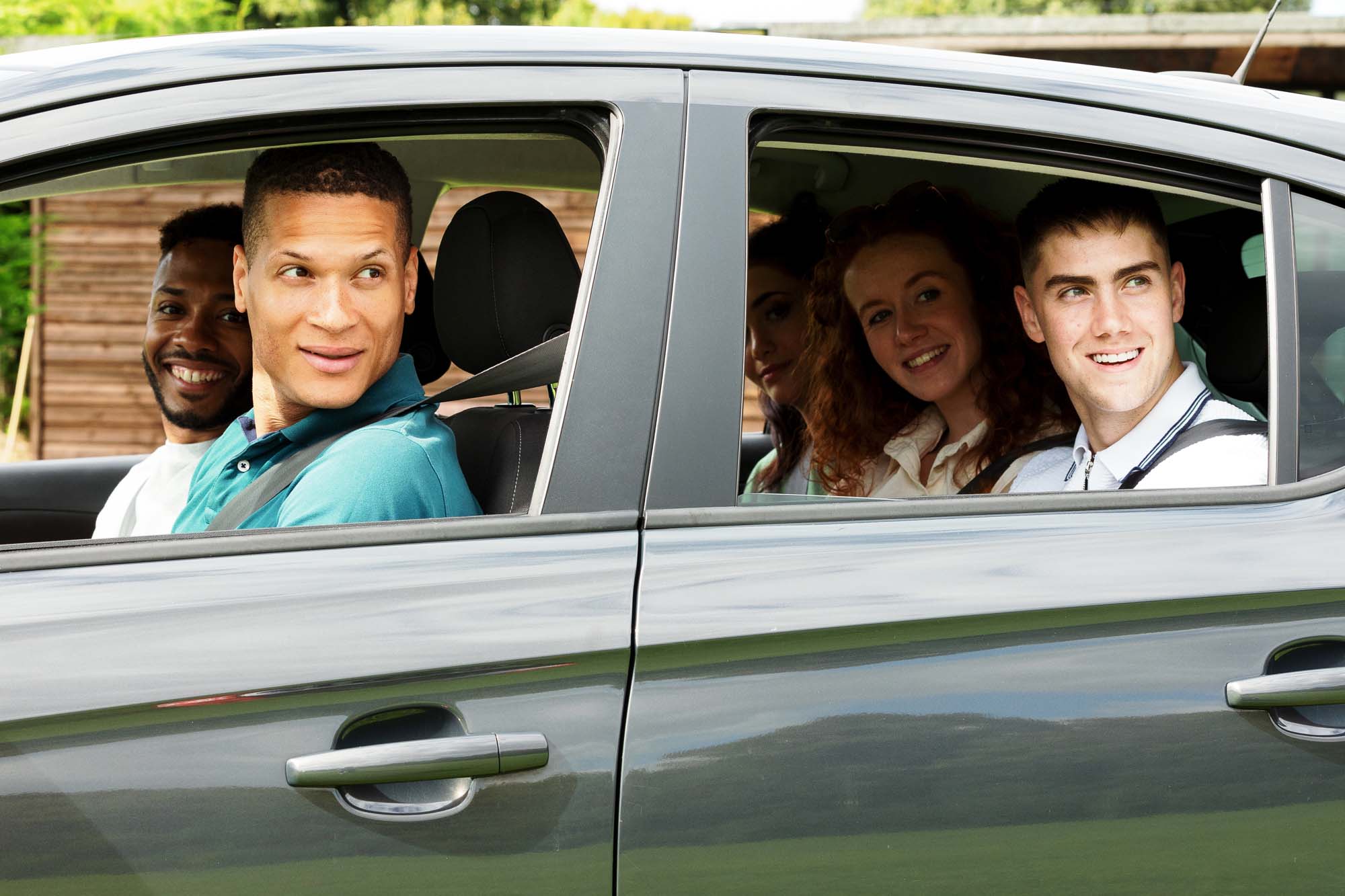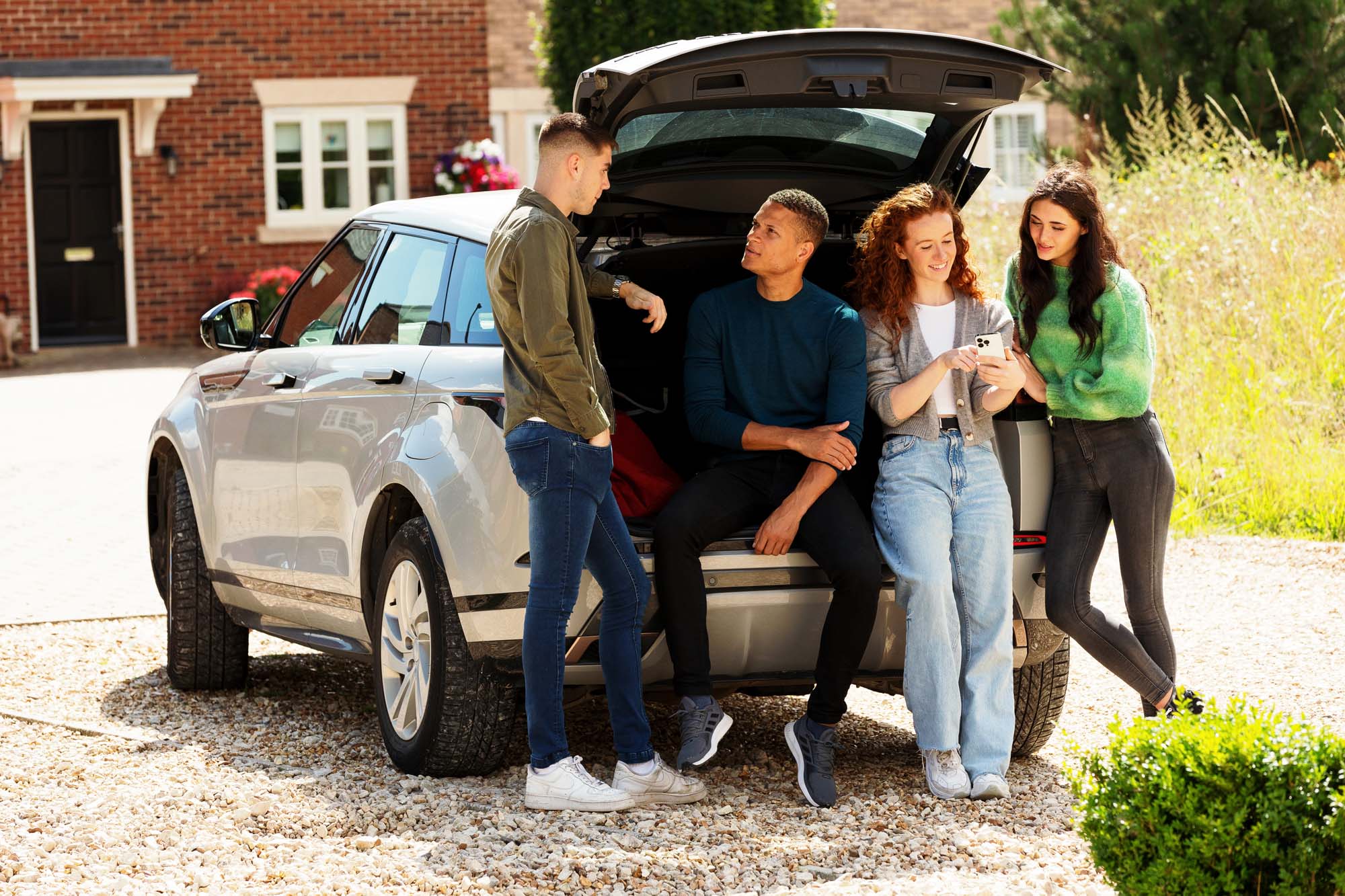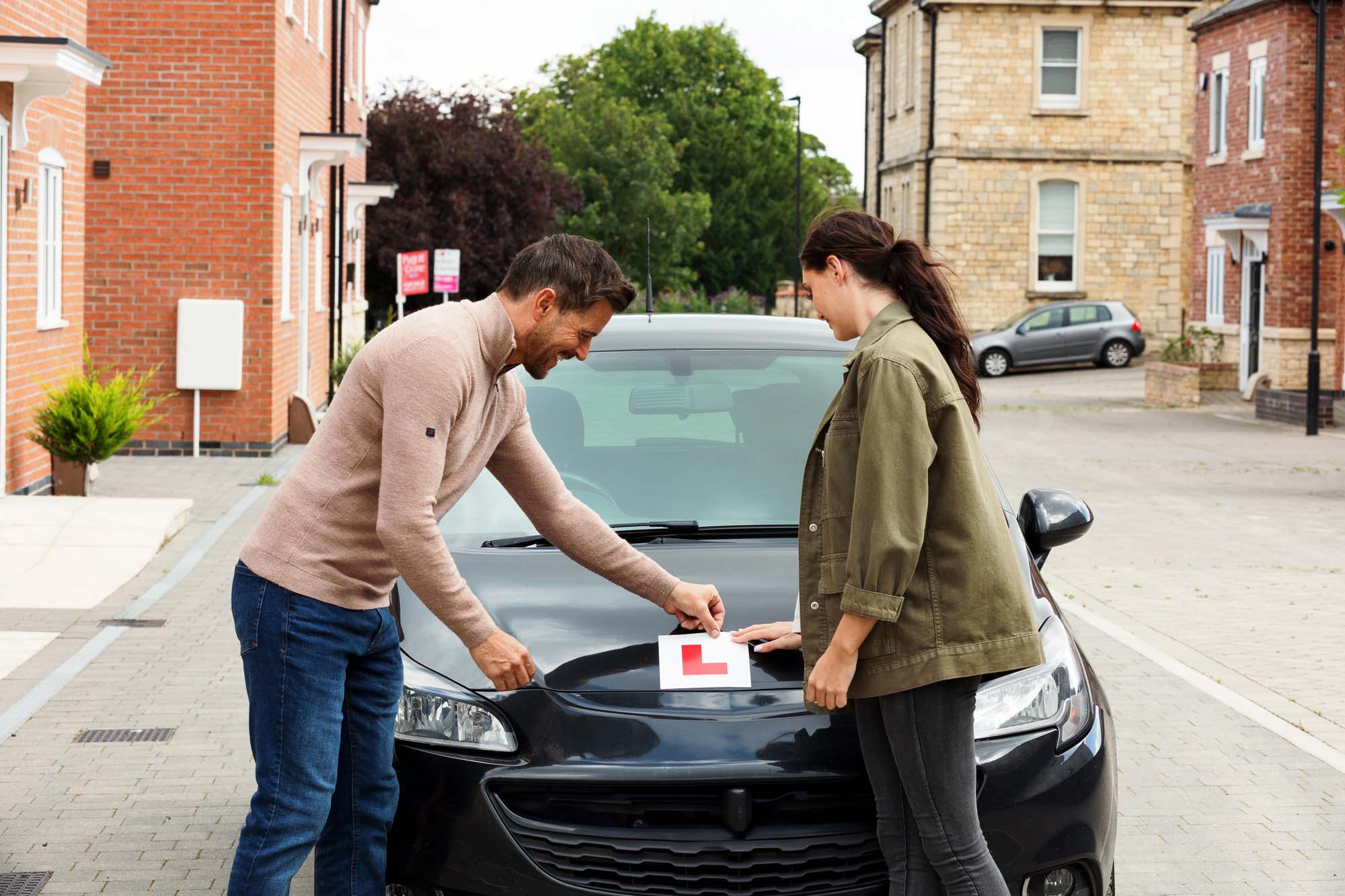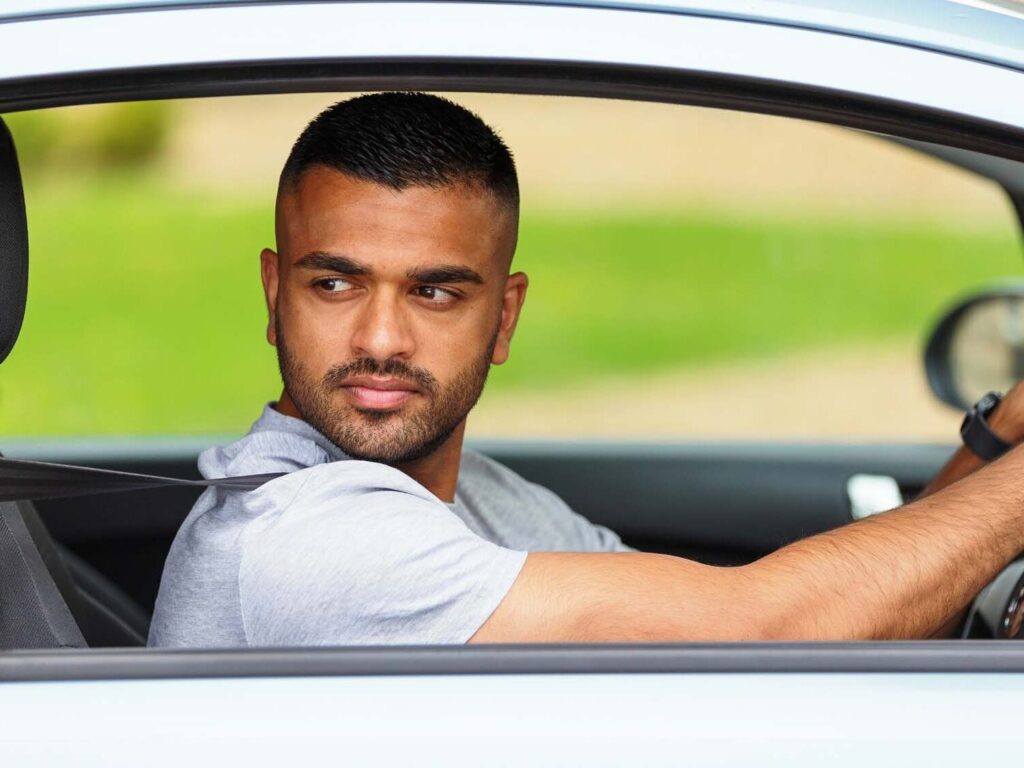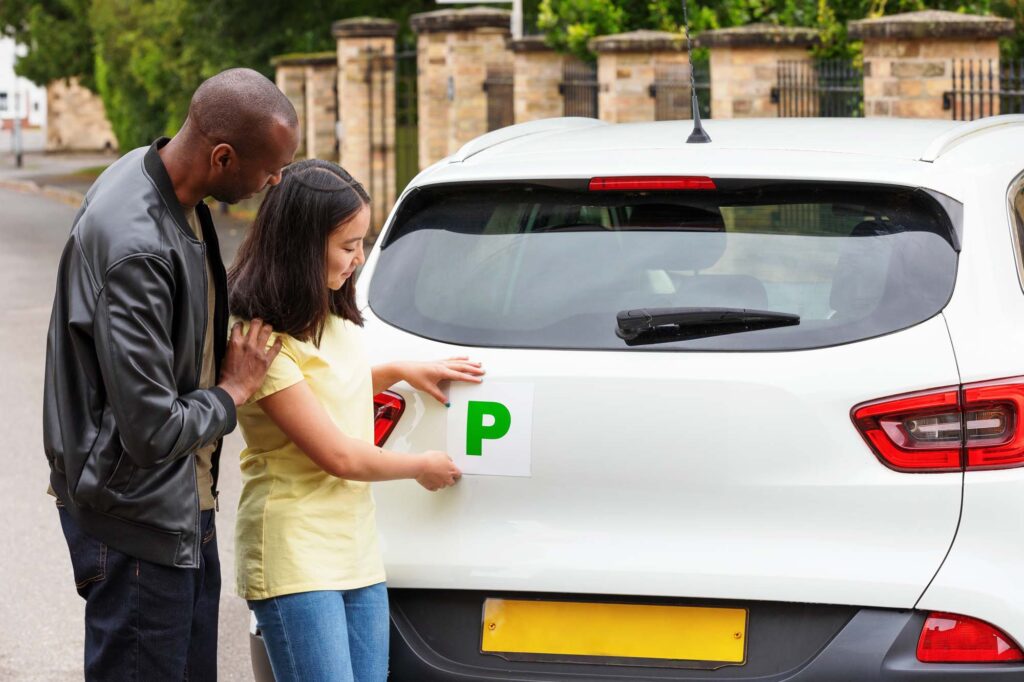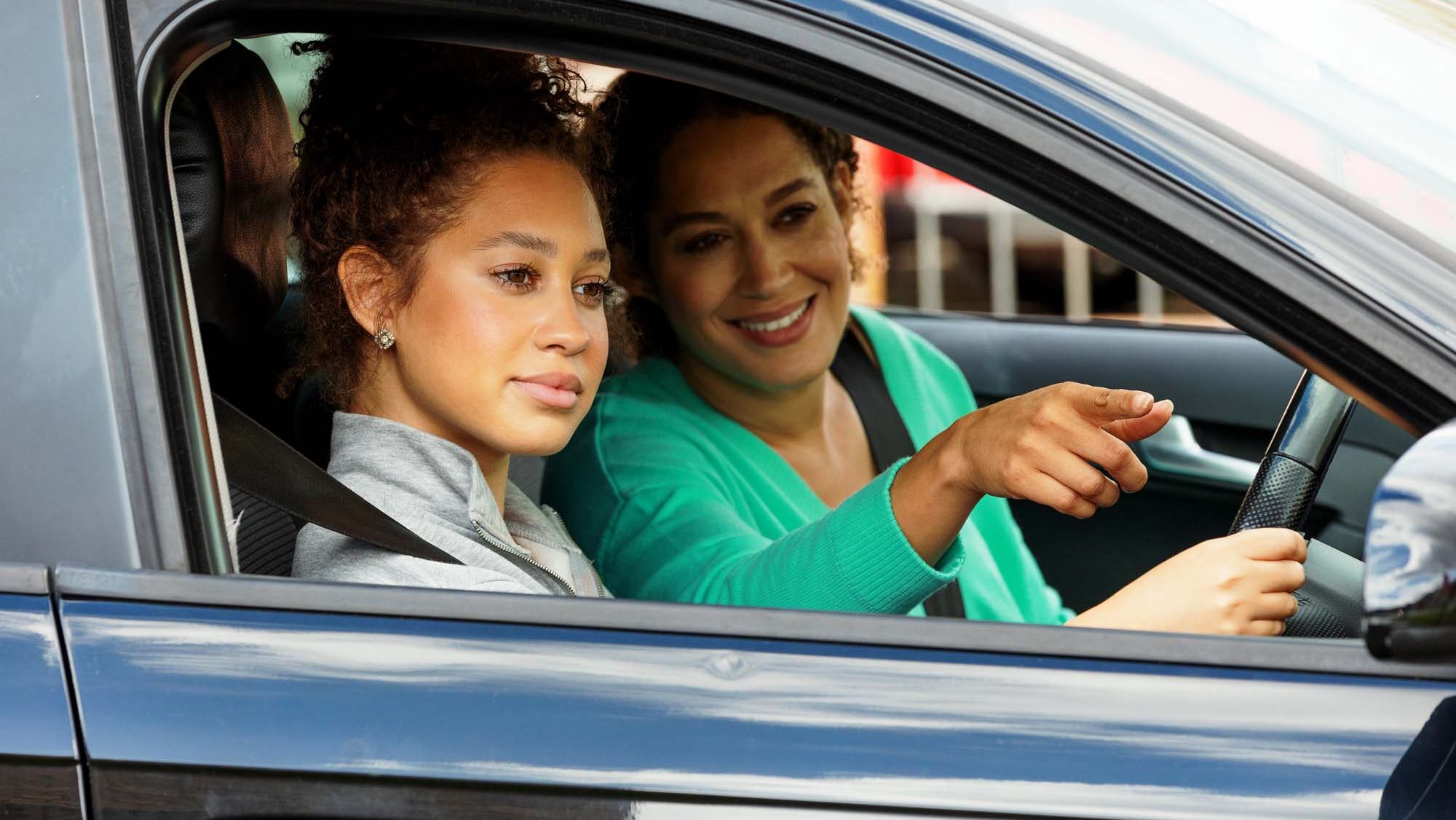Adding a Learner Driver to Your Insurance Guide
Leave a CommentPractising outside of lessons is essential for passing a driving test, and with the high costs of learning to drive, finding the cheapest way to insure a learner driver has never been so important. Adding a learner driver to your insurance is a very common practice in the UK, but how much does adding a learner to your insurance cost, and are there better, cheaper options available, like temporary learner insurance…

Should You Add a Learner Driver to Your Insurance?
If a learner is practising in your car outside of lessons they need to be insured. There are two common approaches for doing this…
- Adding the Learner to an Annual Policy: This means the learner will be consistently insured on your car.
- Temporary Learner Driver Insurance: Short-term cover that lets you insure a car only when it’s needed for practice.
Below, we outline the pros and cons of adding a learner to an annual policy to help you make the right choice for you.
The Pros of Adding a Learner
Convenience: Once the learner is added, they can practise anytime with a supervisor. Midnight craving for a milkshake? You and your supervisor can just hop in the car.
Provides the Learner with the Same Level of Cover as You: Adding a learner to your policy ensures they receive the same level of cover as you. If your policy is comprehensive, you can have peace of mind knowing your car remains protected while they’re behind the wheel.
The Cons of Adding a Learner
Risk to No-Claims Discount: Adding an inexperienced driver increases accident risk, which could affect your no-claims bonus.
Lengthy Process: Adding a learner typically involves calling your insurance provider to adjust your policy.
Limited Flexibility: You pay for continuous cover, even if practice sessions are infrequent, which can be costly and a waste of money.
How Much Does it Cost to Add a Learner to Your Insurance?
Cost is often the biggest concern when insuring a learner driver. Unfortunately, learners and new drivers typically face higher premiums, so adding them to your insurance can increase your annual costs. Insurers consider provisional drivers high-risk, your annual premiums for adding a learner to your policy could increase by hundreds annually or in some cases even over £1,000—a significant expense if they’re only practising once a week. Additionally, if the learner has an accident while practising in your car and a claim is needed, your no-claims discount may be at risk.
A cost-saving alternative to adding a learner to your annual policy is short-term learner insurance. Temporary learner driver insurance, like ours, means you only pay for cover when the car is actually being used for practice, and your no-claims discount remains protected.

Why Temporary Learner Insurance is a Great Alternative
Temporary learner insurance offers a flexible and more affordable way for learners to practise driving. Key benefits include:
- Pay-As-You-Go: Only pay for the time used, ideal for sporadic practice sessions.
- Protects No-Claims Bonus: In case of an accident, the vehicle owner’s no-claims bonus remains intact.
- Lower Ongoing Costs: Temporary policies are typically more economical than adding a learner to a long-term policy. For an accurate comparison, using a cost calculator can help determine the best value (spoiler: it’s usually temporary insurance).
Temporary Learner Insurance Options
GoShorty’s temporary insurance provides flexible, affordable insurance options for learners:
- Hourly Learner Insurance: Ideal for quick, last-minute practice sessions, providing flexibility for learners and their supervisors. An hour of learner insurance starts from £15.01.
- Daily Learner Insurance: Great for extended sessions, allowing learners to work on skills in-depth. One day of learner insurance starts from £20.09.
- Monthly Learner Insurance: Best for regular practice or in the run up to your test, prices for four-weeks of cover start from £56.46, making comprehensive cover and consistent practising sessions far more affordable for learners.
Ensuring your learner driver is adequately insured is essential for their safety and your peace of mind. Temporary learner car insurance is not only affordable but provides comprehensive cover, and protects the car owner’s no claims discount – making it an excellent and cheaper alternative to adding a learner to your insurance. Get a quote in under two minutes to find the best solution for you and the learner driver in your life.
